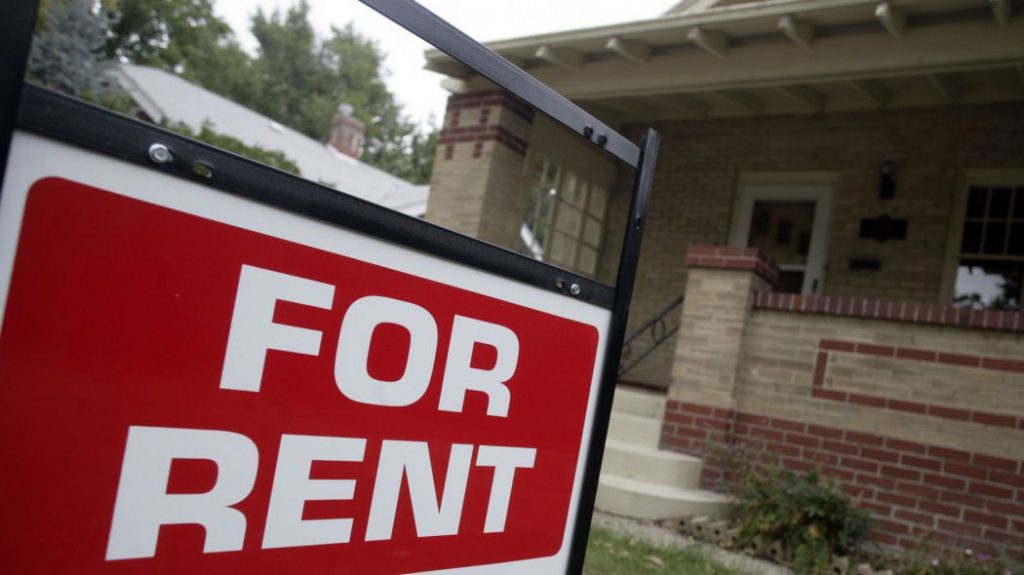An angle on affordability pushed Dallas City Council to make granny flats legal again.
Oak Cliffers renting out their garage apartments and listing back houses on Airbnb is the worst kept secret in Dallas. Though technically illegal, they receive minimal consequences from the city.
Now these “accessory-dwelling units” are legal as part of the city’s plan to make housing more affordable in Dallas.
Garage apartments, back houses and granny flats are part of Oak Cliff’s historic fabric.
During the Great Depression, neighbors converted garages into apartments for struggling family members. And they rented back houses to supplement their own income.
An “attractive, clean” garage apartment on South Willomet with tile in the kitchen and bath was advertised for $85 a month, all bills paid, in September 1953, for example.
City Council banned these rentals in the 1970s in hopes of curbing second-rate living conditions in South Dallas.
Until this past June, the Board of Adjustment only allowed accessory-dwelling units if they were not a moneymaking venture and didn’t disturb the neighbors.
How to Granny flat
Legalizing granny flats — activating existing ones and building new ones — is part of the city’s affordable housing plan. Much like they were in the 1930s, moneymaking ventures for homeowners and adding new rentals amid an ever less affordable market.
Receive approval for an accessory dwelling two ways:
Apply to the Board of Adjustment for a special exception. Create an Accessory Dwelling Unit Overlay, where units are allowed in a mapped area. This involves a neighborhood petition and an authorized hearing with the City Council and City Plan Commission.
These are the main requirements:
- The units can’t be sold separately, and there must be additional water, sewer and electric service on the lot.
- At least one off-street parking space is required unless the property is located within 1,200 feet of a DART bus or transit stop.
- The unit must be 200-700 square feet and no more than 25 percent of the main house’s floor area.
- The unit should be similar in color and style to the main house.
Be forewarned:
If you’re contemplating converting a back house to an Airbnb, regulations on that could be next.





